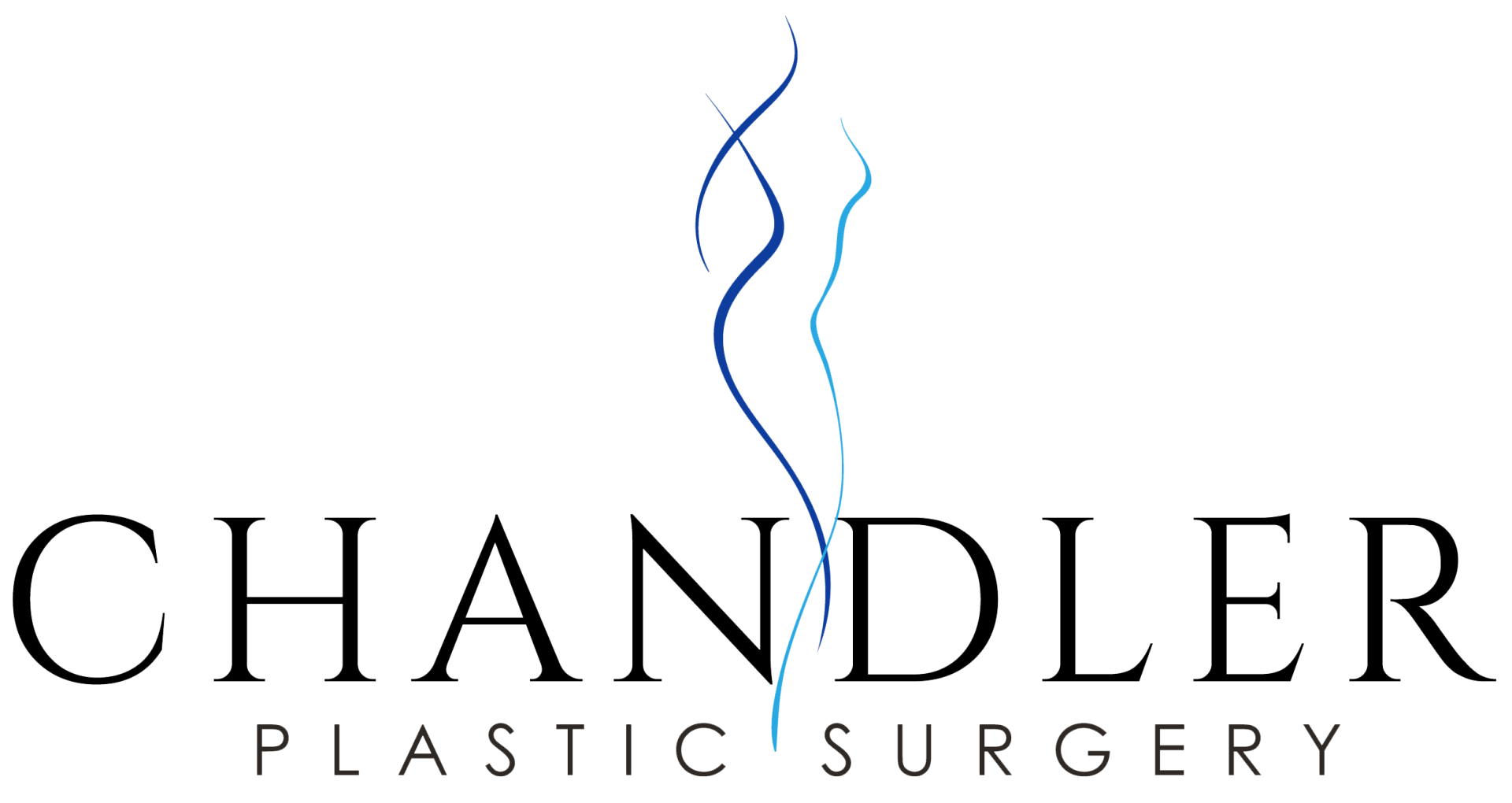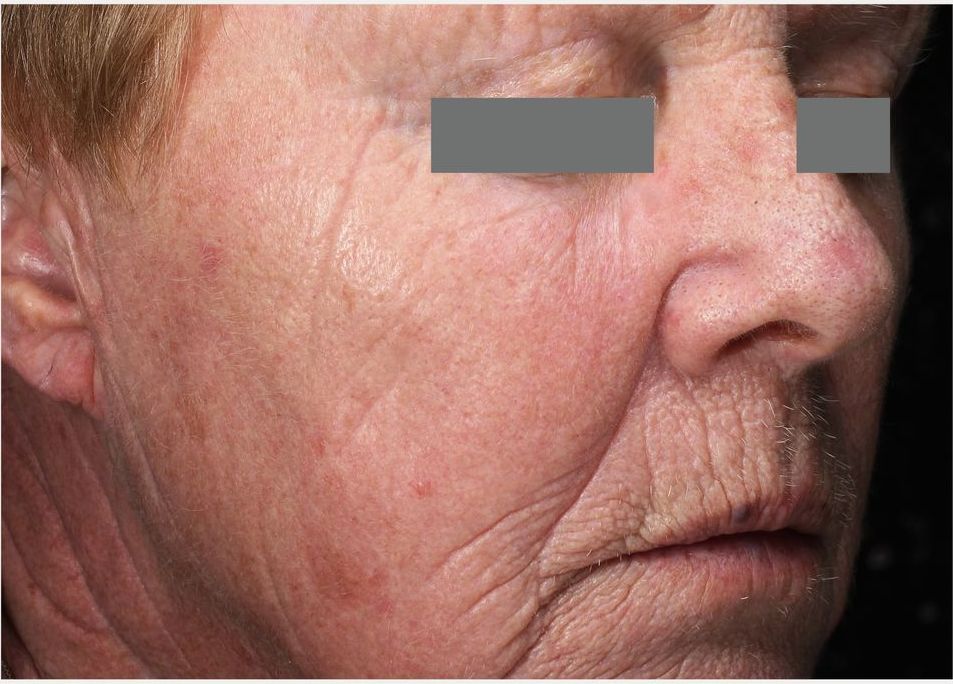PIGMENTATION LASER TREATMENT
Pigmentation Treatments Performed in Darien, Connecticut by Plastic Surgeon Dr. Laurel Chandler
Here at Chandler Plastic Surgery in Darien, we use laser therapy to treat brown spots, diffuse dark or red pigmentation, sun-damaged skin and vascular pigmented lesions.
PR 530 IPL – Targeting Red and Light Pigment
The PR 530
intense pulsed light (IPL) applicator is ideal for treating pink-to-red vascular concerns and light pigment that resists deeper-wavelength treatments:
- Fitzpatrick skin types I–III
- Targets pink/red vascular lesions, rosacea, telangiectasias, and light pigment not responsive to longer wavelengths
- Utilizes Selective Waveband Technology (SWT)—narrowband light with dual-light filters and sub-millisecond pulsing—for precise chromophore targeting, requiring about half the fluence compared to conventional IPL. This delivers effective results with improved comfort and minimal downtime
VL 555 IPL – Deeper and Darker Pigment with Enhanced Safety
The VL 555
IPL is designed for:
- Fitzpatrick skin types up to IV, including mildly naturally tanned skin
- Deeper or darker pigmentation and more subsurface vascular conditions
- It is generally safer for tanned patients or individuals with darker skin tones
- Like PR 530, it uses the same SWT narrowband IPL technology for precise treatment with reduced heat and improved patient comfort
Fractionated Non-Ablative Lasers – 1550 nm & 1940 nm
The Nordlys system integrates two non-ablative fractional lasers that complement IPL:
- Frax 1550 nm
- Delivers controlled, deeper dermal heating to stimulate collagen and elastin
- Effective for skin resurfacing, fine lines, acne scarring, deep pigment issues, and textural irregularities
- Frax 1940 nm
- Penetrates superficially (epidermis to ~200 µm), excellent for very light pigmentation like freckles and benign pigmented lesions
- Minimal downtime with subtle resurfacing and brightening effects
The Light & Bright™ Combo: IPL + Fractional Laser in One Protocol
The Light & Bright™ treatment synergizes SWT IPL (PR 530 or VL 555)
with Frax 1550, or alternatively Frax 1940, to:
- Simultaneously address pigmentation, redness, and textural irregularity in one session
- Benefit from reduced fluence, fewer treatments, and no active cooling compared to broadband IPL
- Yield enhanced results with quicker recovery and improved patient satisfaction
- Fractional laser channels may also enhance absorption of cosmeceuticals post-treatment—like vitamin C—for boosted pigmentation and collagen outcomes
Summary
- PR 530 IPL - Light red/pink vascular lesions, light pigment resistant to longer wavelengths; FP I–III Safe, comfortable, precise, minimal downtime
- VL 555 IPL - Darker/deeper pigmentation; tanned or FP IV skin Broader penetration, enhanced safety on darker tones
- Frax 1940 nm - Freckles, mild sunspots, light benign lesions; superficial resurfacing, brightening, minimal downtime
- Frax 1550 nm - Deeper pigment, textural issues, collagen stimulation Deeper skin rejuvenation, stimulates dermal remodeling
- Light & Bright Combo - Comprehensive rejuvenation—pigment, texture, redness Efficient, fewer sessions, enhanced results
FRACTIONATED LASER Q&A
What does FRAXEL mean?
Fraxel refers to fractional laser skin resurfacing. The term "fractional" refers to the fact that the laser treats only a small fraction of the skin's surface, delivering a large number of very tiny dots of energy, stimulating the wound healing cascade and collagen production while leaving surrounding areas untouched to allow for faster healing time. Fractionated laser treatment does NOT wound the skin or remove layers of the skin surface, instead they create "microthermal zones" to create a controlled collagen production, resulting in smoother skin, improvement in texture and pigmentation. The 1550 nm Fraxel laser targets a deeper layer of the skin (superficial papillary to mid dermis) to target fine lines, wrinkles and skin texture. The 1940 nm Fraxel laser targets more superficial skin structures (epidermis and superficial papillary dermis) for more superficial skin conditions such as pigmentation.
What is the down time after a fractionated laser treatment?
Most patients able to resume normal activities within a few days. A sunburn-like/sunkissed reaction such as redness, swelling, and peeling/skin dryness are normal initially and usually subside within a week, with full recovery taking up to two weeks. As the skin heals, it may peel or flake, revealing new, smoother skin underneath. There is some individual variation, with some experiencing a quick recovery and others may notice redness or flaking for a longer period of time.
Do fractionated laser treatments hurt?
Fractionated laser treatments are generally tolerated well, with most patients experiencing mild discomfort only. A topical numbing cream may be applied before the procedure to reduce pain. It is common to experience a sensation of heat or slight prickling during the procedure. After the treatment, the skin may feel warm like a sunburn for a few hours, which typically subsides quickly.
What can I do to optimize my skin before a fractionated laser treatment?
One Month Prior:
- Avoid sunbathing, tanning beds and self-tanners
- Wear sun protection - SPF 30+
- Consider using a moisturizing lotion daily
1-2 Weeks Prior:
- Avoid the use of photosensitizing medications, and medications such as Retinol or Glycolic Acid
- Avoid any abrasive skin products, exfoliants or peels
- Avoid sun exposure as much as possible and continue to use a strong SPF
- Consider utilizing a moisturizer in the 5-7 days before the treatment
One Day Prior:
- If you have a history of Herpes Simplex virus infection, you may consider taking an antiviral medication as prescribed by your doctor
Day of Treatment:
- Inform your provider if you have changed medications or have had recent sun exposure
- Only apply EMLA or other topical anesthetic if directed by your provider
- Do not exercise or go to the gym, spa or sauna immediately before treatment
What is the aftercare?
- Apply moisturizer and a sunscreen (SPF 30+) to all areas treated and avoid sun exposure immediately after treatment. Keeping the skin moisturized will protect it as it heals.
- Avoid saunas, strenuous exercise, and any activity that may cause excessive heat to the treatment area for 24 hours
- Avoid makeup for 25 hours
- Avoid scrubbing or scratching the treated areas
- Regularly apply Aquaphor while dryness is significant, followed by a regular moisturizer (plus SPF 30+) once dryness has subsided
- Do not apply products that may cause your skin to react negatively (e.g. scrubs, exfoliating agents, products with fragrance or perfumes)
- Do not use peels or aggressive cleansers for 5-10 days or until crusting/dry skin has cleared
- Inform your provider immediately if there is continued or severe discomfort, blistering or rash
- Avoid direct sun if possible for 2 weeks post-treatment, but if you cannot avoid direct sun exposure, always use sunscreen (30 SPF+) and reapply every 2 hours
- If you are having additional treatments, it is strongly recommended to avoid all sun exposure between treatments
- Avoid exfoliating, bleaching, waxing, scrubbing or massaging your skin while it is still sensitive.





